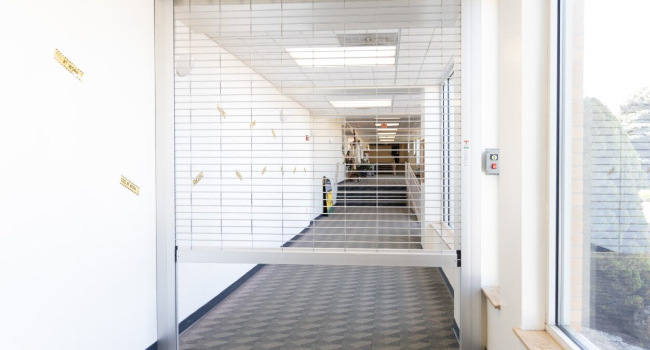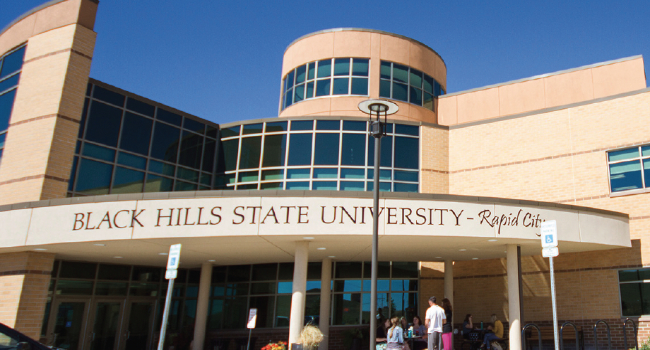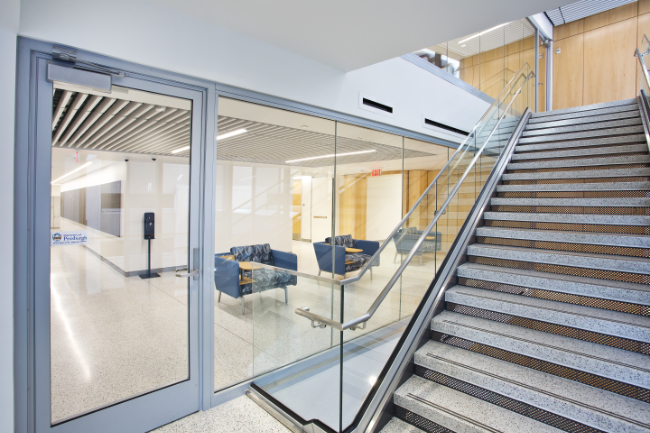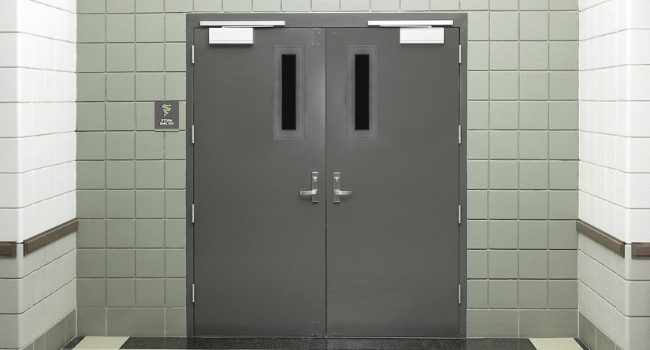
By Heather Bender
St. Jude School in Mountain Top, Pennsylvania, is a private Catholic elementary school that serves students from Pre-K through grade 8.
Recognized as a Blue Ribbon School by the U.S. Department of Education, St. Jude offers diverse educational programs designed to foster a nurturing and challenging learning environment, and extracurricular activities like sports are an integral part of promoting teamwork, discipline, and physical fitness.
By Brent Dirks
In September, at GSX 2024 in Orlando, committee members gave an update on the ASIS School Security Standard. One of the committee members, Jeffrey Slotnick, CPP, PSP, said the standard will help K-12 schools find the right track to improve security. The entire committee is made up of more than 50 volunteers from both the public and private sector. It includes best practices from security experts, educators, law enforcement, and mental health professionals.

By Brad Cary
Black Hills State University recognized the need for a centralized video system to improve campus security and streamline operations. The university sought a solution that could unify its main campus with a satellite location, enable cross-department access, and scale with future growth. By implementing open platform video technology, BHSU laid the foundation for a comprehensive, flexible, and scalable security infrastructure.

In spring 2023, the University of Pittsburgh opened the doors to a seven-story west wing addition to Alan Magee Scaife Hall. The medical school building features several updated lecture halls, labs and classrooms. It also includes team-based learning and small group rooms as well as an entire floor dedicated to medical students. This floor is meant for students to congregate, study and build community.

By Jeremy Saline
Class period bells have been ringing across campuses for a few months now, but that doesn’t mean the subject of safety was fully settled before the start of the new school year. As one wise person once said, “It’s a journey, not a destination”. That’s why it remains a leading issue among administrators, faculty, students, and communities. Schools are striving to be at the top of their class when it comes to the ability to control access instantly and securely, monitor suspicious behavior accurately and consistently, and respond to threats immediately and effectively. Ultimately, they aim to provide a reassuring, comfortable, and conducive environment for a rich learning experience. These goals apply whether at a community college in Southern California, a major university in Pennsylvania, or a rural K-12 district in Michigan.
By Bruce Canal
Every day, thousands of alerts and sets of data compete for your attention. Many of these relate to minor events that don’t need an immediate response. Unmanaged, this constant flow of alarms obscures real threats. A unified security operations center (SOC) can be a resource to help cut down on the noise and aid in collaboration. A SOC helps security personnel view their security systems in one place, share information seamlessly, and respond more effectively.

By Dean Cunningham
The college experience is often described as a whirlwind of activities. From learning and personal growth to social events and advocacy, students constantly find themselves engaging in a diverse, vibrant campus life. However, along with the fun and learning comes the need to ensure safety, especially during large gatherings. Whether it's a homecoming parade, a football game, or an organized protest, these events carry inherent risks that require thorough planning and modern security approaches.